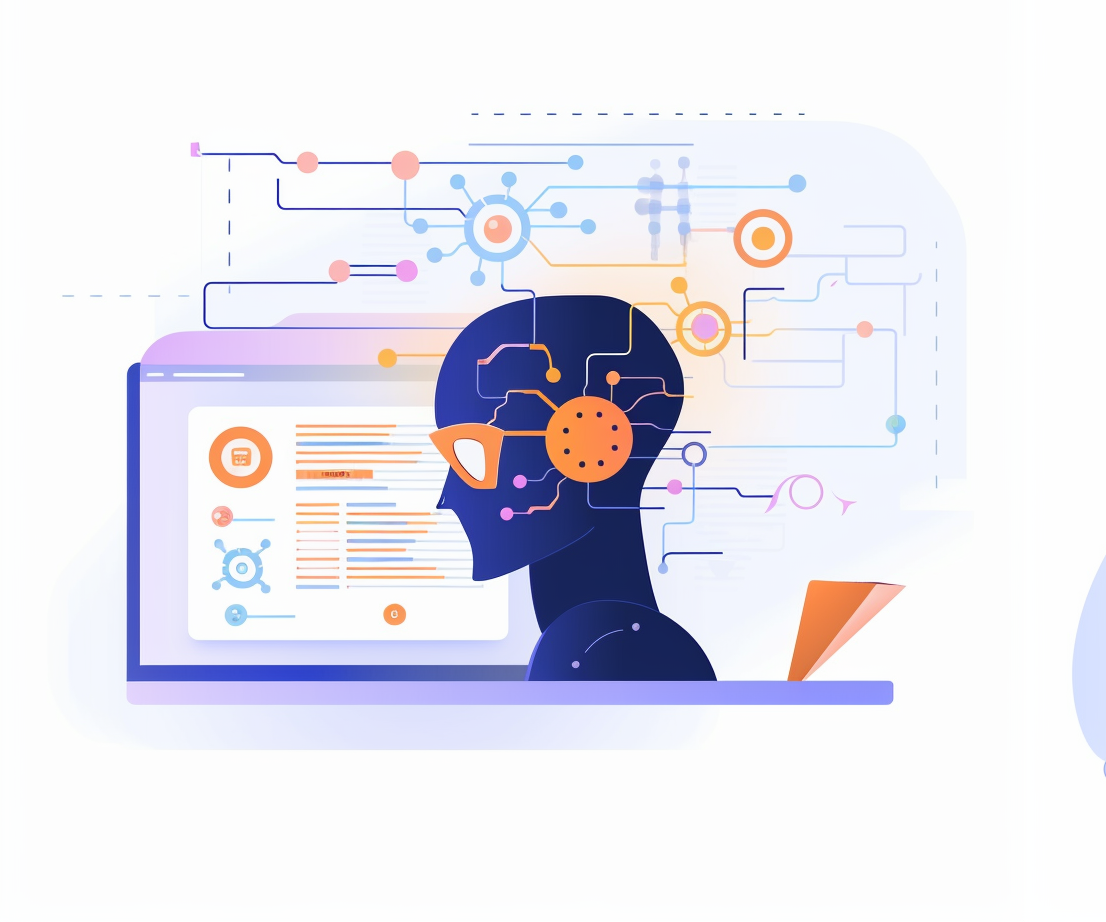The internet has become an integral part of our lives, revolutionizing the way we communicate, work, and access information. Over the years, the internet has evolved significantly, and now we stand on the cusp of yet another transformative era. Visionaries like Jack Dorsey and Elon Musk have proposed their respective visions for the future of the internet with Web5 and Web69. In this article, we will delve into the intricacies of these groundbreaking technologies and explore where the next generation of the internet is headed.
Introduction
As the internet continues to evolve, it is crucial to discuss and anticipate the direction it will take. Jack Dorsey, the co-founder of Twitter, has conceptualized Web5, while Elon Musk, the CEO of Tesla and SpaceX, envisions Web69. These proposals aim to redefine our digital experiences and push the boundaries of technological innovation.
Understanding Web5 and its Features
Web5 represents a significant leap forward in the evolution of the internet. It is characterized by seamless integration of augmented reality (AR), virtual reality (VR), and artificial intelligence (AI). With Web5, users will be able to immerse themselves in virtual environments, interact with AI-driven avatars, and access information effortlessly. The ability to merge the digital and physical realms will open up new possibilities for education, entertainment, and productivity.
Exploring Web69 and its Advancements
On the other hand, Elon Musk’s vision for Web69 is equally revolutionary. Web69 aims to establish a direct neural interface between humans and the internet. By integrating technology with the human brain, individuals will have instant access to information, communication, and even telepathic connections. With Web69, the internet becomes an extension of the human mind, enhancing cognitive abilities and enabling unprecedented levels of connectivity.
A Comparison between Web5 and Web69
While both Web5 and Web69 offer groundbreaking advancements, they differ in their approaches and objectives. Web5 emphasizes the integration of physical and virtual realities, focusing on immersive experiences and AI-driven interactions. On the contrary, Web69 seeks to merge humans with technology, enabling direct access to information and communication through neural interfaces. Each approach has its unique strengths and challenges, and their potential applications vary across industries.
The Future of the Internet: Web5 or Web69?
Predicting the exact direction of the next generation of the internet is challenging, but it is evident that both Web5 and Web69 hold immense potential. The success of these technologies depends on various factors, including user adoption, scalability, and overcoming technological hurdles. The future of the internet could witness a convergence of both concepts, combining the physical and the neural aspects. This convergence would result in a highly immersive and interconnected digital realm.
Challenges and Considerations
While the prospects of Web5 and Web69 are exciting, they also raise significant challenges and considerations. Privacy and security become paramount when integrating technologies deeply into our lives. Ethical concerns, such as the potential misuse of neural interfaces and AI, must be carefully addressed. As these technologies develop, it is crucial to establish robust frameworks and regulations to safeguard individuals’ rights and ensure responsible usage.
Conclusion
The future of the internet is a fascinating realm of possibilities, driven by the visionary ideas of Jack Dorsey’s Web5 and Elon Musk’s Web69. Both concepts offer unique and innovative ways to enhance our digital experiences. The convergence of physical and virtual realities, along with the integration of technology with the human brain, presents a future that is both intriguing and transformative. As we navigate this ever-evolving landscape, it is imperative to embrace responsible innovation and consider the impact on individuals, businesses, and society as a whole.










Leave a Reply